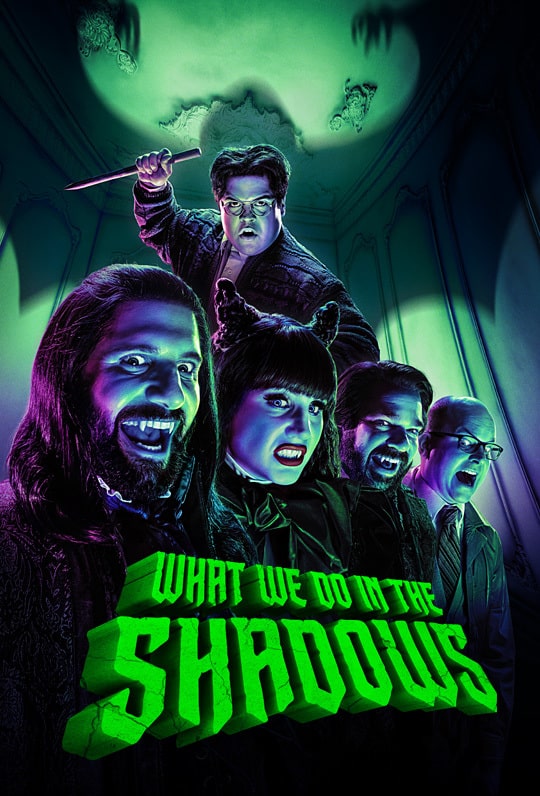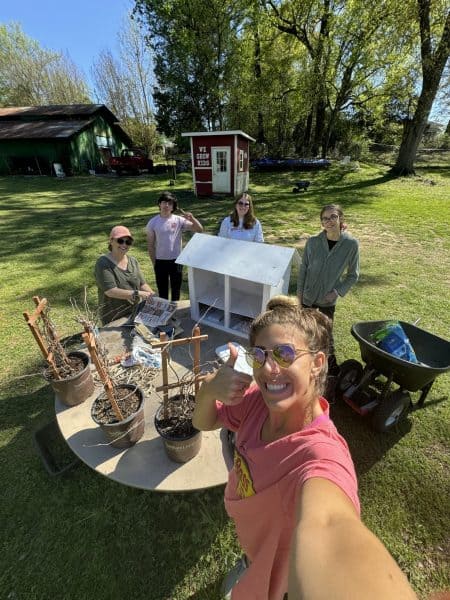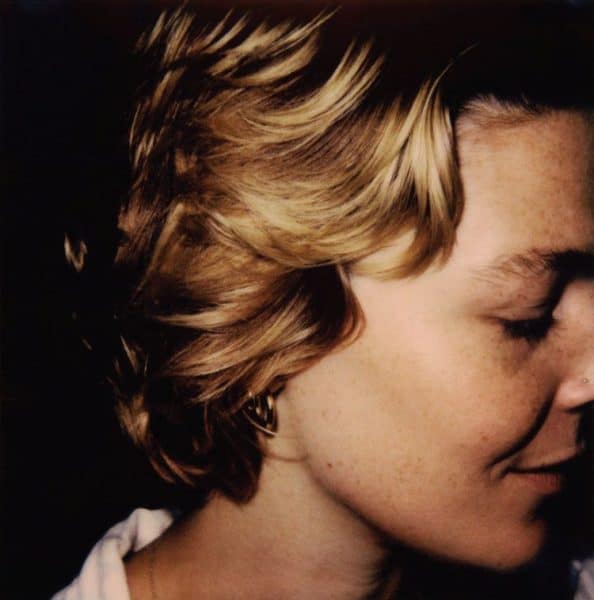Culture Pick: “What We Do in the Shadows” fuses horror with humor in new season
August 24, 2022
The batty, satirical charm of “What We Do in the Shadows” comes back with a vengeance in the release of its fourth season on Hulu. Thanks to “Twilight,” the late 2000s and early 2010s saw an unprecedented surge of steamy, sexy vampire TV shows like “True Blood” and “The Vampire Diaries.” “What We Do in the Shadows” effortlessly proves that vampires can be as funny and complex as they are beautiful to look at. Based on Jemaine Clement and Taika Waititi’s 2014 mockumentary of the same name, the show is centered around the misadventures of four odd, undead vampire roommates living in Staten Island who must navigate clueless human neighbors, enemy vampire clans, and even a handful of other mythological creatures such as werewolves, ghosts, sirens, witches and more.
The comedy has generated substantial interest in the public eye due to its impressive history at the Emmy Awards, with 11 wins out of a staggering 78 nominations and six nominations for the upcoming Emmy season.
“What We Do in the Shadows” is known for using pop culture references to set up jokes, world-build and deliver punchlines, attracting fans from all different folds of the genre. These nods to the giants of the vampire film industry can be seen in Guillermo’s continuous infatuation with Antonio Banderas’ portrayal of Armand from “Interview with a Vampire,” or the recreation of the infamous “Twilight” baseball scene in season 3.
The show compels viewers by staying loyal to most vintage and classic vampire lore, while also tapping into the realistic struggles of a centuries-old vampire in the modern world, like struggling to figure out e-mail and public transportation.
“I don’t know that we were consciously aware of the concept that we were making a commentary on the nature of vampires in pop culture,” screenwriter Stefani Robinson said in an interview with IGN. “But I think what makes the show so funny, and gives us more story to mine from, is that these are not the glamorous, glitzy shirtless vampires that you’ve grown accustomed to. It’s about the more mundane practicalities of being a vampire, which I just think is funnier.”
Season 4, which was released on Hulu on July 12 and is still releasing new episodes every Tuesday, welcomes the audience back into the witty, snappish familiarity of the show while exploring hidden aspects of fan-favorite characters and traditional, gruesome avenues of vampire lore.
Excellent screenwriting, as well as characterization that is consistent yet ever-changing, has streamlined season 4 into the spotlight. As seen in past seasons, the show’s footing doesn’t falter
in drumming up exciting new aspects of the show while expanding upon the things that made it so successful in the first place.
Season 4 introduces an abundance of new characters, such as a djinn sprung from a magic genie lamp, former Persian king Nandor’s thirty-seven reincarnated wives, Nadja’s vampire nightclub and Guillermo’s extended family of Van Helsing vampire hunters. It also builds relationships with characters who have been around since the beginning yet seem to be off to the side, like the vampires’ next-door neighbors, Paul and Charmaine, as well as the Baron, master of all vampires. Furthermore, the main ensemble of characters experience considerable growth in their character arcs.
Self-proclaimed leader of the vampire clan, Nandor, addresses his emotional vulnerability as he hunts for his eternal true love, while married couple Nadja and Laszlo struggle to tap into their paternal instincts to raise the reborn “energy” vampire Colin Robinson, who has re-entered the world as a dorky teenager following his unexpected death at the end of Season 3.
Meanwhile, Guillermo, the vampires’ overworked and underappreciated human familiar, finds his confidence as he traces his ancestry back to the Van Helsing family of vampire hunters and discovers who he truly is.
Not only does “What We Do in the Shadows” continue to master the art of balancing comedy with a strong plot and excellent writing, but the show continues to trailblaze its way through LGBTQ representation with an almost entirely queer cast of characters.
Unlike most vampire TV shows and movies, most of which are heteronormative, lack racial diversity and play into toxic, antiquated gender expectations, “What We Do in the Shadows” actively works to normalize being queer in their sexually liberated, non-gendered take on the vampire community. When asked by the LGBTQ media organization GLAAD how many characters in the show could be identified as queer, Executive Producer Paul Simms responded “all of them.”
The show is sex positive, making it casually clear that the vampires have all gone on romantic whirlwinds with one another at some point in time during their centuries of living together.
Furthermore, the show breaks down gender stereotypes and goes out of its way to create flawed, realistic and likeable characters all within fleeting twenty-minute episodes. Mental Floss sums up the contagious, ever-evolving humor of the show that has been perfectly staged, scripted and shot in a way that can make anyone chuckle.
“The series is dark and hilarious and feels like what might happen if the Dunder Mifflin team from ‘The Office’ worked together for 1000 years … and fed on humans,” the article said. “If you’re not already watching it, you should start.”











